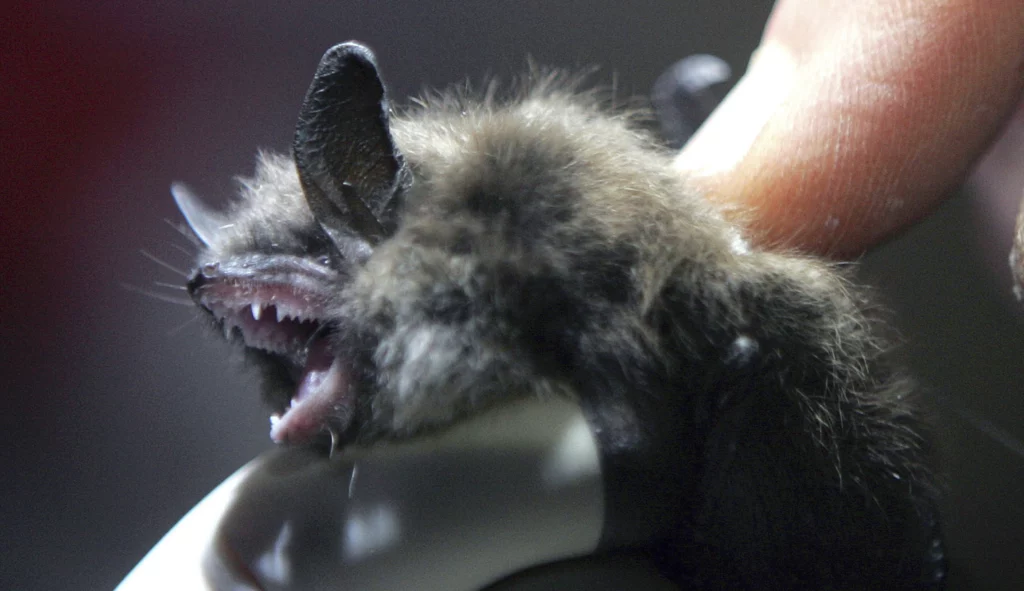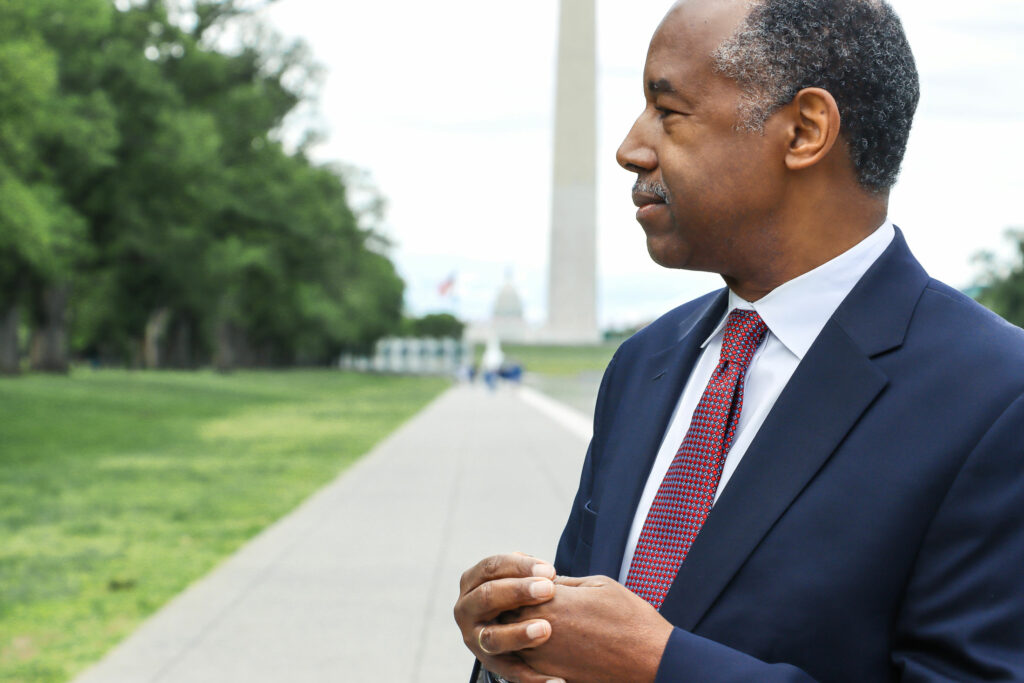 You’ve probably heard of the butterfly effect, the idea that a tornado can be formed by a minor perturbation such as a butterfly flapping its wings a mile away. Every action has a consequence, for better or worse, even something as minor as a butterfly flapping its wings. The theory suggests that small changes in initial or present conditions can lead to large-scale and unpredictable variation in the future state of being. In 1800, German philosopher Johann Gottlieb Fichte was the first to speak about this theory in his work, The Vocation of Man. He said, “you could not remove a single grain of sand from its place without thereby … changing something throughout all parts of the immeasurable whole.” The term “butterfly effect” gained traction in 1952 through Ray Bradbury’s piece, A Sound of Thunder. Bradbury details the idea that the death of one butterfly could eventually have a far-reaching ripple effect on subsequent historical events. In 1963, mathematician Edward Norton Lorenz published the first modern scientific application of the theory. While studying weather models, he noticed that a very small change in initial conditions created a very different outcome.
You’ve probably heard of the butterfly effect, the idea that a tornado can be formed by a minor perturbation such as a butterfly flapping its wings a mile away. Every action has a consequence, for better or worse, even something as minor as a butterfly flapping its wings. The theory suggests that small changes in initial or present conditions can lead to large-scale and unpredictable variation in the future state of being. In 1800, German philosopher Johann Gottlieb Fichte was the first to speak about this theory in his work, The Vocation of Man. He said, “you could not remove a single grain of sand from its place without thereby … changing something throughout all parts of the immeasurable whole.” The term “butterfly effect” gained traction in 1952 through Ray Bradbury’s piece, A Sound of Thunder. Bradbury details the idea that the death of one butterfly could eventually have a far-reaching ripple effect on subsequent historical events. In 1963, mathematician Edward Norton Lorenz published the first modern scientific application of the theory. While studying weather models, he noticed that a very small change in initial conditions created a very different outcome.Getting to grips with COVID-19’s bat-erfly effect
 You’ve probably heard of the butterfly effect, the idea that a tornado can be formed by a minor perturbation such as a butterfly flapping its wings a mile away. Every action has a consequence, for better or worse, even something as minor as a butterfly flapping its wings. The theory suggests that small changes in initial or present conditions can lead to large-scale and unpredictable variation in the future state of being. In 1800, German philosopher Johann Gottlieb Fichte was the first to speak about this theory in his work, The Vocation of Man. He said, “you could not remove a single grain of sand from its place without thereby … changing something throughout all parts of the immeasurable whole.” The term “butterfly effect” gained traction in 1952 through Ray Bradbury’s piece, A Sound of Thunder. Bradbury details the idea that the death of one butterfly could eventually have a far-reaching ripple effect on subsequent historical events. In 1963, mathematician Edward Norton Lorenz published the first modern scientific application of the theory. While studying weather models, he noticed that a very small change in initial conditions created a very different outcome.
You’ve probably heard of the butterfly effect, the idea that a tornado can be formed by a minor perturbation such as a butterfly flapping its wings a mile away. Every action has a consequence, for better or worse, even something as minor as a butterfly flapping its wings. The theory suggests that small changes in initial or present conditions can lead to large-scale and unpredictable variation in the future state of being. In 1800, German philosopher Johann Gottlieb Fichte was the first to speak about this theory in his work, The Vocation of Man. He said, “you could not remove a single grain of sand from its place without thereby … changing something throughout all parts of the immeasurable whole.” The term “butterfly effect” gained traction in 1952 through Ray Bradbury’s piece, A Sound of Thunder. Bradbury details the idea that the death of one butterfly could eventually have a far-reaching ripple effect on subsequent historical events. In 1963, mathematician Edward Norton Lorenz published the first modern scientific application of the theory. While studying weather models, he noticed that a very small change in initial conditions created a very different outcome.